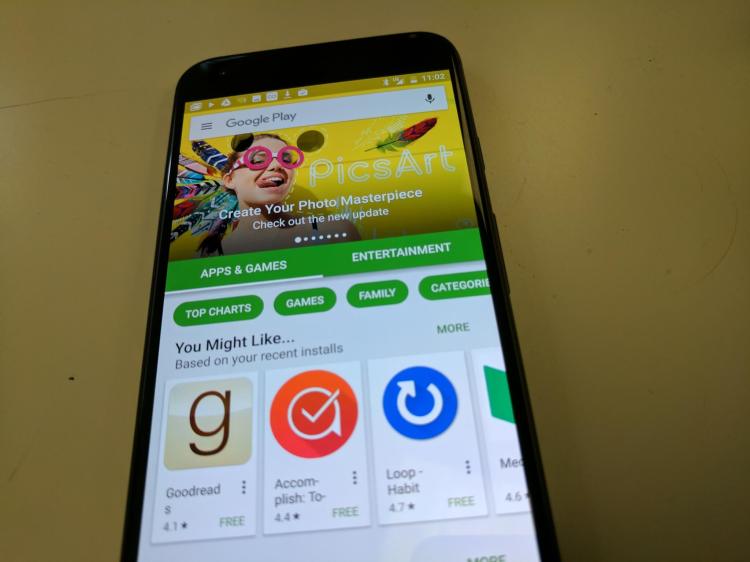Google today said that it has started using a new method for delivering app updates through Google Play.
The good news is it takes up a lot less data on mobile devices, which can be short on space. The bad news: It’s a complex process that can take longer, especially on older devices with less powerful chips.
This is why Google is just using the new method for automatic updates. That way you won’t notice it happening in the background when your phone or tablet is plugged in.
“This ensures that users won’t have to wait any longer than usual for an update to finish when manually updating an app,” Google Play software engineer Andrew Hayden wrote in a blog post.
The method builds on Google’s implementation earlier this year of the bsdiff algorithm, which decreased app update sizes.
But the new system, called file-by-file patching, has a more dramatic effect: It yields updates that are 65 percent smaller than the entire app, and in certain cases more than 90 percent smaller, Hayden wrote. (Netflix, for example, goes from 16.2MB to 1.2MB with the patching system, which effectively looks for differences between the current version and the new version. The bsdiff method, by contrast, resulted in a 7.7MB version.)
Ultimately, the new method means that Google Play is saving users 6 petabytes of space every day, Hayden wrote.
Google Play isn’t “currently” using the new method for interactive updates — as opposed to those that it makes in the background — Hayden wrote. In other words, at a future date Google could start using it for essentially all app updates.
Meanwhile, Microsoft has been working to implement a similar system, called differential downloads, for Windows updates.
VentureBeat's mission is to be a digital town square for technical decision-makers to gain knowledge about transformative enterprise technology and transact. Learn More

